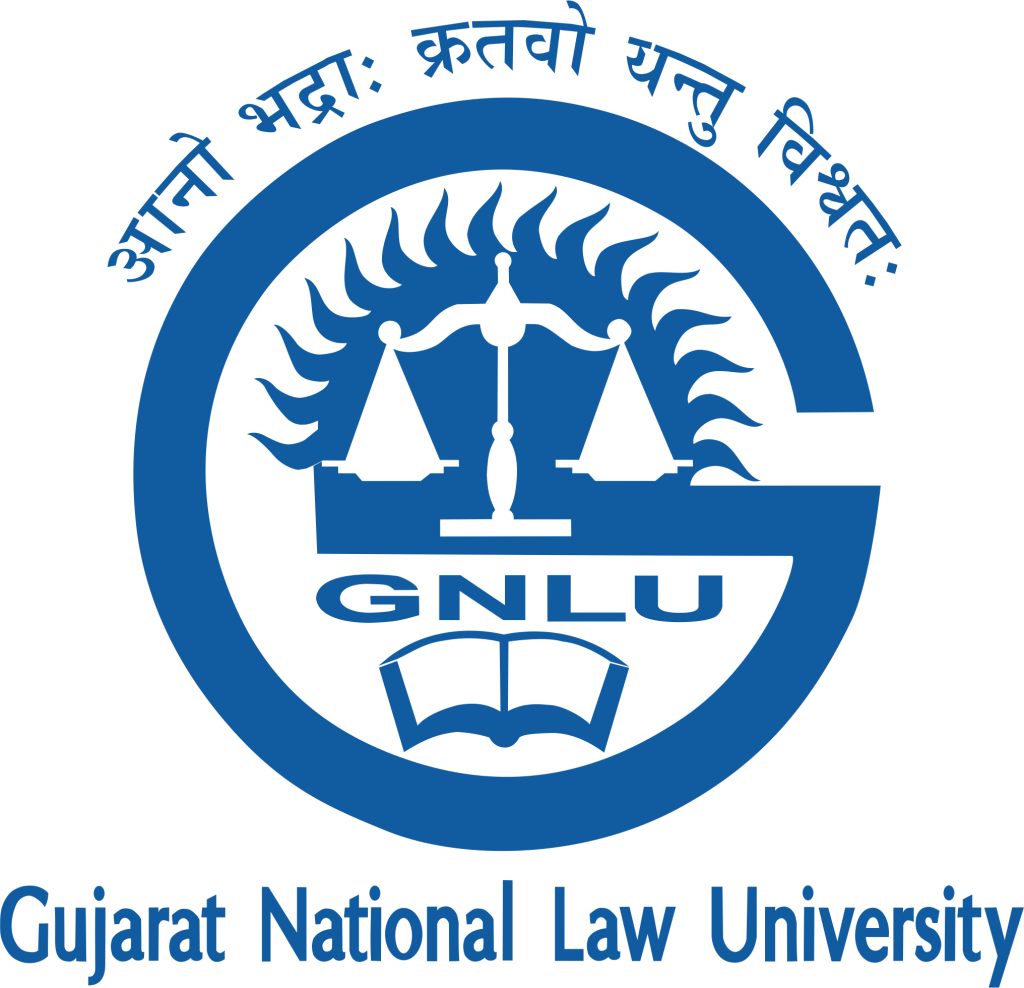Withdrawal of CIRP Process in Case of Settlement Between Parties: A Law and Economic Analysis

– Neha Katariya and Pragya Jha
Background Note
The Insolvency and Bankruptcy Code (IBC), 2016 was introduced to establish a clear framework for addressing insolvency and bankruptcy in India. Its primary goal is to facilitate the timely resolution of financial distress and maximize the value of assets for the benefit of all stakeholders. A core element of the Code is the Corporate Insolvency Resolution Process (CIRP), which allows companies facing financial difficulties to either resolve their issues through a resolution plan or, if resolution fails, enter liquidation.
Once the CIRP is triggered, the Resolution Professional takes over the management of the debtor company, and the process becomes in rem, meaning that it affects all creditors. However, when the Code was first enacted, there was no clear procedure for withdrawing a CIRP application after its admission. Before 2018, once an insolvency application was accepted, it could not easily be reversed, even if the debtor and creditors reached a settlement. This created problems, especially when debtors or their promoters managed to settle with creditors before the resolution process was completed. The law did not provide a clear mechanism for such cases, leaving the adjudicating authorities, like the National Company Law Tribunal (NCLT), with limited options to allow withdrawals after admission. Though Rule 8 of Application to Adjudicating Authority Rules (“AAA Rules”) allowed for the withdrawal of an application before it was admitted, it did not address the situation after an application was already accepted (i.e., at post-admission stage). In such cases, debtors or suspended directors attempted to negotiate settlements, but the law did not clearly empower authorities to approve these settlements and allow the withdrawal of the case. This lack of clarity led to calls for reform, especially given the growing number of instances where settlements could resolve the issue without the need for a prolonged resolution process.
While the IBC was silent on post-admission withdrawals, there was a provision in Rule 11 of the NCLAT Rules, 2016, which granted the NCLT and NCLAT inherent powers to pass orders necessary to prevent the abuse of their processes or to further justice. This was similar to the powers granted to High Courts under Section 151 of the Civil Procedure Code, which allows them to intervene in cases where no specific procedure exists. However, the scope of these powers was not well defined, leading to confusion about how and when they could be used.
Over these years many judgments have tried to define the boundaries of the inherent powers given under Rule 11 in order to prevent arbitrary exercise of power by the authorities. Eventually the apex court made few observations in the judgement of Uttara Foods and Feeds Pvt. Ltd. v. Mona Pharmachem, where the Court recognized the gaps in the law and suggested the need for a formal procedure for withdrawing CIRP applications after they had been admitted. Based on these observations the Insolvency Law Committee, submitted a report on March 26, 2018 recommending an amendment for withdrawal post admission. Accepting these recommendations, Section 12A of the IBC and Regulation 30-A was introduced. The provisions provided clarity and a clearly laid down framework for withdrawal of such applications. But there were a couple of cases where the adjudicating authority exercised its inherent powers granted under Rule 11 and allowed withdrawal of such application without even following the procedure established under Sec 12A or 30A and one such judgement is Swiss Ribbons v. UOI but ultimately the court held that the authority can exercise its powers under Rule 11 without meeting the requirements given under Sec 12A or 30A. Over time there came many commentaries on the Swiss Ribbons judgement which also focused on the wide scope of inherent powers decided by that judgment.
The apex court once again dealt with the same question in the most recent judgement GLAS Trust v. Byju Raveendran. The court had to answer that whether the adjudicating authority (NCLAT) was right while invoking its inherent powers under Rule 11 in the presence of a
prescribed procedure for the withdrawal of CIRP and this time the court clearly laid down that the inherent powers provided to the authority cannot overpower or circumvent the framework provided in the provisions of the Code and thus the apex court ultimately strengthened the procedural rigor of IBC. This paper delves into the analysis of all these three judgments which has an interplay between the Inherent powers and the procedural rigor (Sec 12A & 30A) provided under IBC for the withdrawal of application. The analysis has been done from a legal as well as an economic lens to look into the economic efficiency of the decisions of the court.
To read more, click here.
The authors are students of Gujarat National Law University.